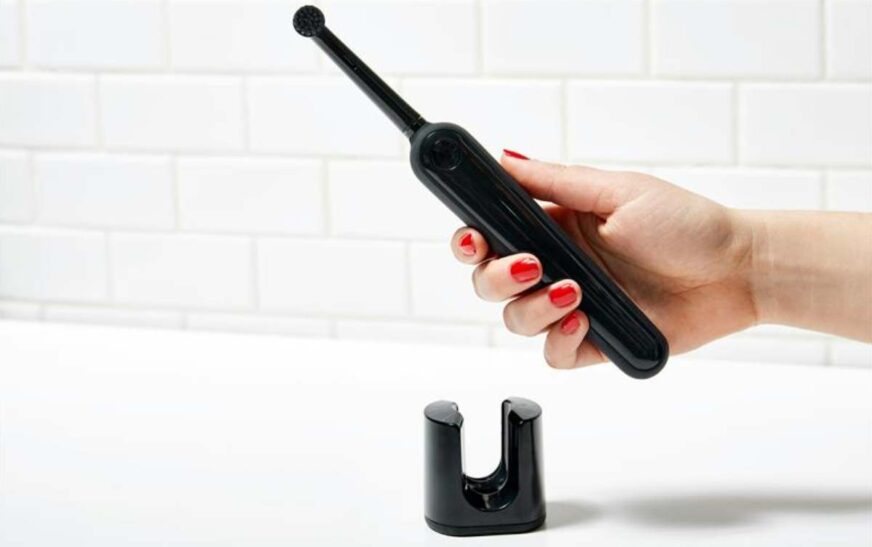Let’s be honest: a road trip always sounds like a good idea—until the GPS fails, cell service drops, and half your group is stranded at a gas station three exits back with no way to check in.
It’s not always the scenery that gets adventurous—sometimes it’s the logistics.
That’s where a walkie talkies becomes your unsung hero. Not just a fun retro gadget, but a serious tool for staying safe, connected, and calm when the unexpected hits.
Why Phones Fall Short on the Open Road
Smartphones are great… until they’re not.
Try making a call in the middle of Utah’s desert or deep in the Smokies, and you’ll quickly realize “nationwide coverage” is a marketing dream, not a guarantee.
Here’s the breakdown:
- No service zones = no communication
- Battery drain = less navigation, fewer photos, no SOS
- Slow group messaging = real-time confusion
- Distracted driving risks = sky-high
Road trips require fast, direct, and hands-on communication. That’s exactly what a walkie talkie delivers.
Real-Time, One-Tap Communication
Imagine you’re traveling in a multi-car convoy. One car misses an exit. Another pulls over with a flat tire. Someone else needs a bathroom break… urgently.
You don’t have time to unlock your phone, scroll to the group chat, and hope everyone checks their messages.
With a walkie talkie:
- You push one button and speak to the whole crew instantly
- There’s zero delay and no dropped calls
- You stay hands-free (many models are glove- or dash-friendly)
It’s like turning your vehicles into a rolling command center.
Signal Reliability—Even Where Cell Towers Fear to Tread
This one’s a game-changer.
Modern long-range walkie talkies don’t rely on traditional short-distance radio frequencies. They operate over nationwide LTE or Wi-Fi networks—meaning as long as you’re in any data-covered area (including those where voice signals struggle), you’re connected.
And in truly remote zones, higher-end models can still use traditional radio fallback. Translation: your walkie talks when your phone sulks.
Emergency-Ready Without the Panic
Here’s the part no one wants to think about—but should.
You hit a deer. You slide off a snowy road. Your car battery dies. You’re miles from the last town with no bars and no passing cars.
A walkie talkie becomes your direct lifeline to others in your travel group, giving you the ability to:
- Send out emergency alerts
- Request help or medical attention
- Coordinate roadside repairs or route changes
Because in remote travel, even a 10-minute delay in communication can mean the difference between a minor issue and a full-blown emergency.
Staying Connected While Exploring Separately
Not every part of a road trip happens inside the vehicle. Sometimes you split up—one person hikes, another explores a local café, someone else grabs gas.
Instead of hoping everyone gets back at the right time or plays the phone tag game, you stay in sync with walkie talkies.
- Set check-in times
- Coordinate regroup points
- Warn others of delays or detours
Think of it as a smarter, simpler version of group travel management.
A Bonus Perk? Less Stress, More Fun
Let’s not forget: road trips are supposed to be fun. Constant texting, confusion, and dead zones? Not fun.
A walkie talkie setup lets everyone relax a bit more, knowing there’s a reliable line of communication no matter where the wheels take you.
From campsite coordination to food stop decisions to “Hey, check out that view!”—it’s the tool that keeps the trip smooth and social.
Final Stretch: Bring One, Regret Nothing
If you’re planning any kind of long-haul, off-grid, or multi-vehicle travel, a walkie talkies isn’t overkill. It’s the kind of safety measure that disappears into the background—until it’s the only thing working.
Don’t wait for the moment you need it to realize you should’ve brought it.




